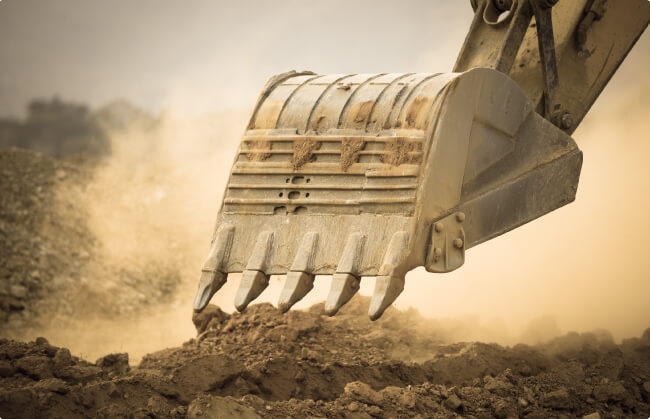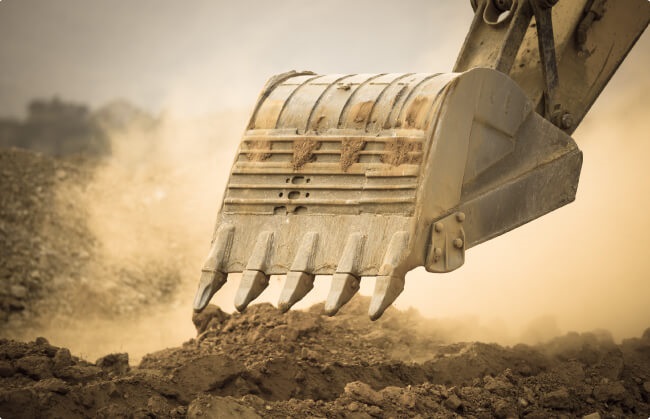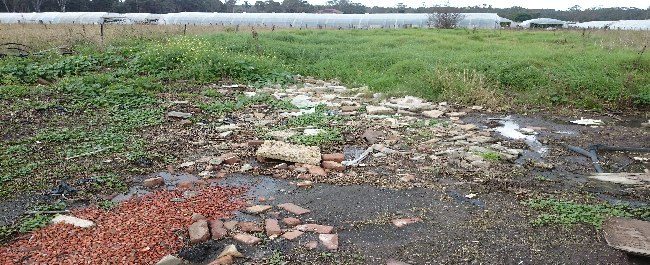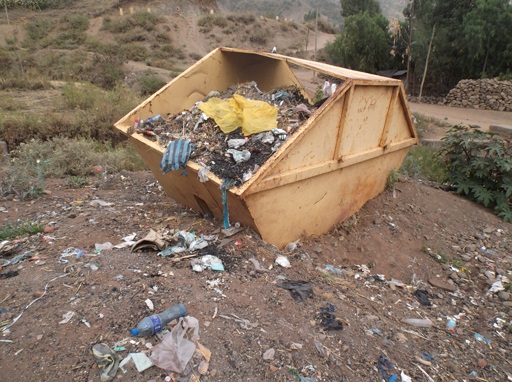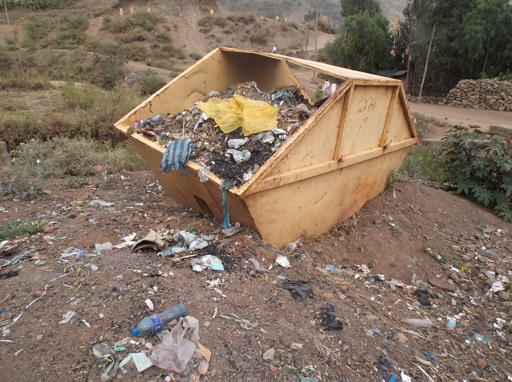Waste classification plays a pivotal role in Sydney’s waste management strategy, offering a host of advantages that foster environmental sustainability, resource conservation, and adherence to regulations. Are you someone who wants to know more about how beneficial the waste classification Sydney or waste classification report Sydney can be? If Yes. This writing piece is the best choice where you can know more about the benefits of the waste classification report Sydney or waste classification Sydney.
Environmental Preservation
Through waste classification, hazardous materials are accurately identified and separated, mitigating the risk of environmental contamination. Proper handling and disposal of hazardous waste protect soil, water, and air quality, safeguarding ecosystems and public health.
Waste classification segregates recyclable and reusable materials from non-recyclables, promoting resource recovery. This reduces reliance on raw materials, preserving natural resources and lessening the environmental impact of resource extraction.
Streamlined Waste Handling
By categorizing waste based on its properties and hazards, waste management processes become more efficient. This enables waste handlers to select appropriate treatment, storage, and disposal methods for each type of waste, ensuring compliance with regulations and minimizing environmental risks.
Adhering to standardized waste classification systems ensures compliance with waste management regulations in Sydney. This reduces the likelihood of fines, penalties, and legal issues associated with improper waste-handling practices.
Effective waste classification leads to cost reductions for businesses and waste management facilities. Improved waste segregation and recycling efforts lower disposal expenses and landfill taxes, while revenue opportunities from resource recovery through recycling contribute to financial efficiency. The waste classification in Sydney brings numerous benefits, including environmental protection, resource optimization, streamlined waste management, regulatory compliance, and financial savings. Implementing robust waste classification practices is crucial for establishing a sustainable and responsible waste management system in the city. If you are looking for the most responsible waste management or classification system then you should connect with the most reliable platform.


